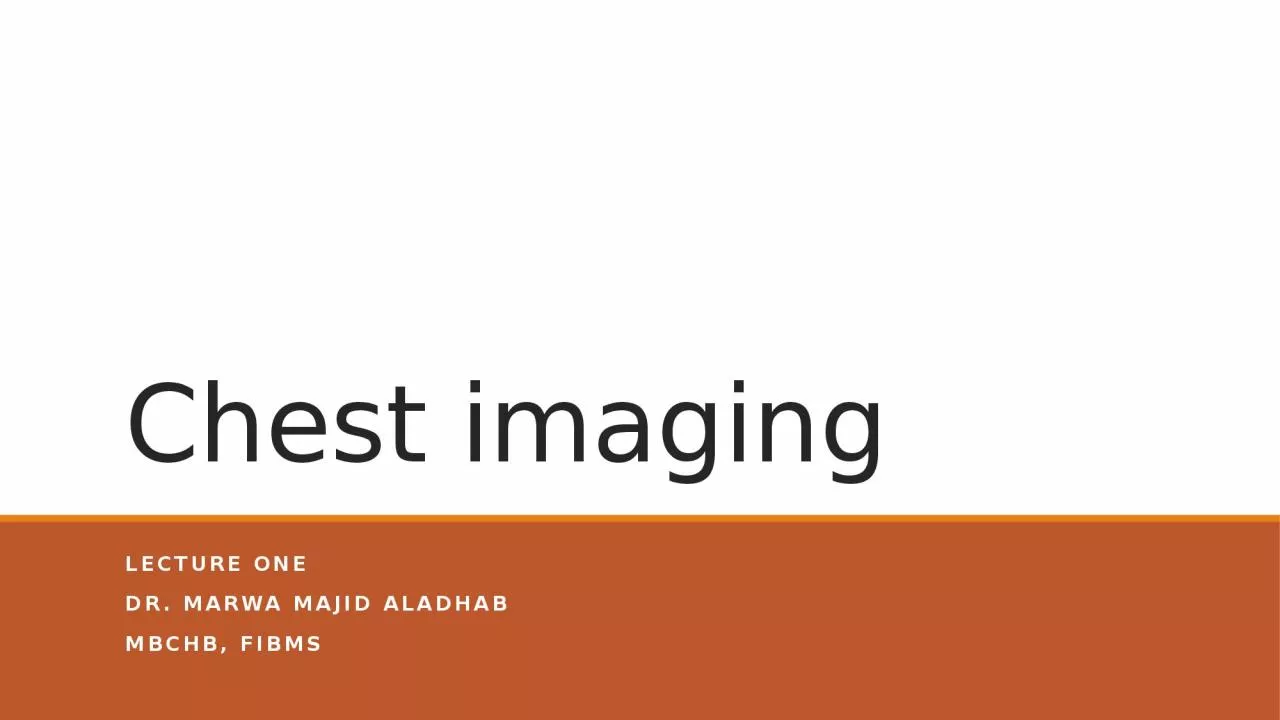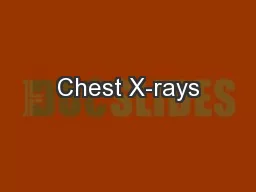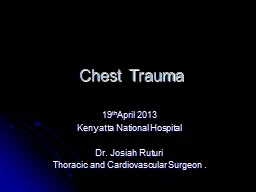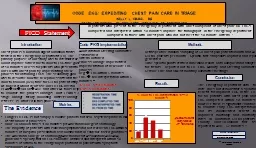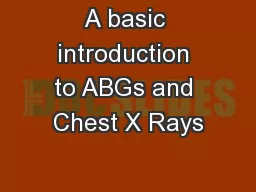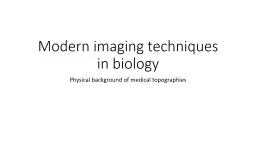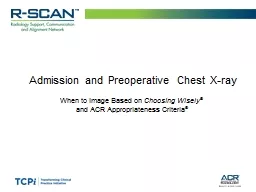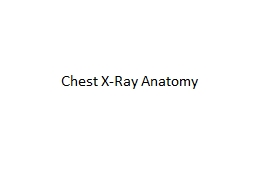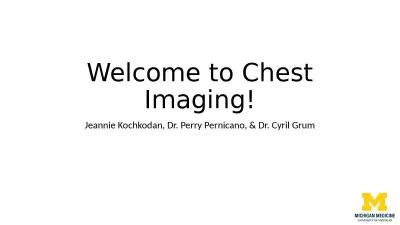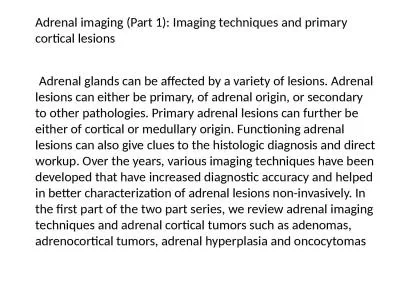PPT-Chest imaging Lecture one
Author : priscilla | Published Date : 2023-12-30
Dr Marwa Majid aladhab Mbchb fibms Case 45yearsold female presents with l eft scapular pain and cough As part of the GPs initial work up for the patient presentation
Presentation Embed Code
Download Presentation
Download Presentation The PPT/PDF document "Chest imaging Lecture one" is the property of its rightful owner. Permission is granted to download and print the materials on this website for personal, non-commercial use only, and to display it on your personal computer provided you do not modify the materials and that you retain all copyright notices contained in the materials. By downloading content from our website, you accept the terms of this agreement.
Chest imaging Lecture one: Transcript
Download Rules Of Document
"Chest imaging Lecture one"The content belongs to its owner. You may download and print it for personal use, without modification, and keep all copyright notices. By downloading, you agree to these terms.
Related Documents

